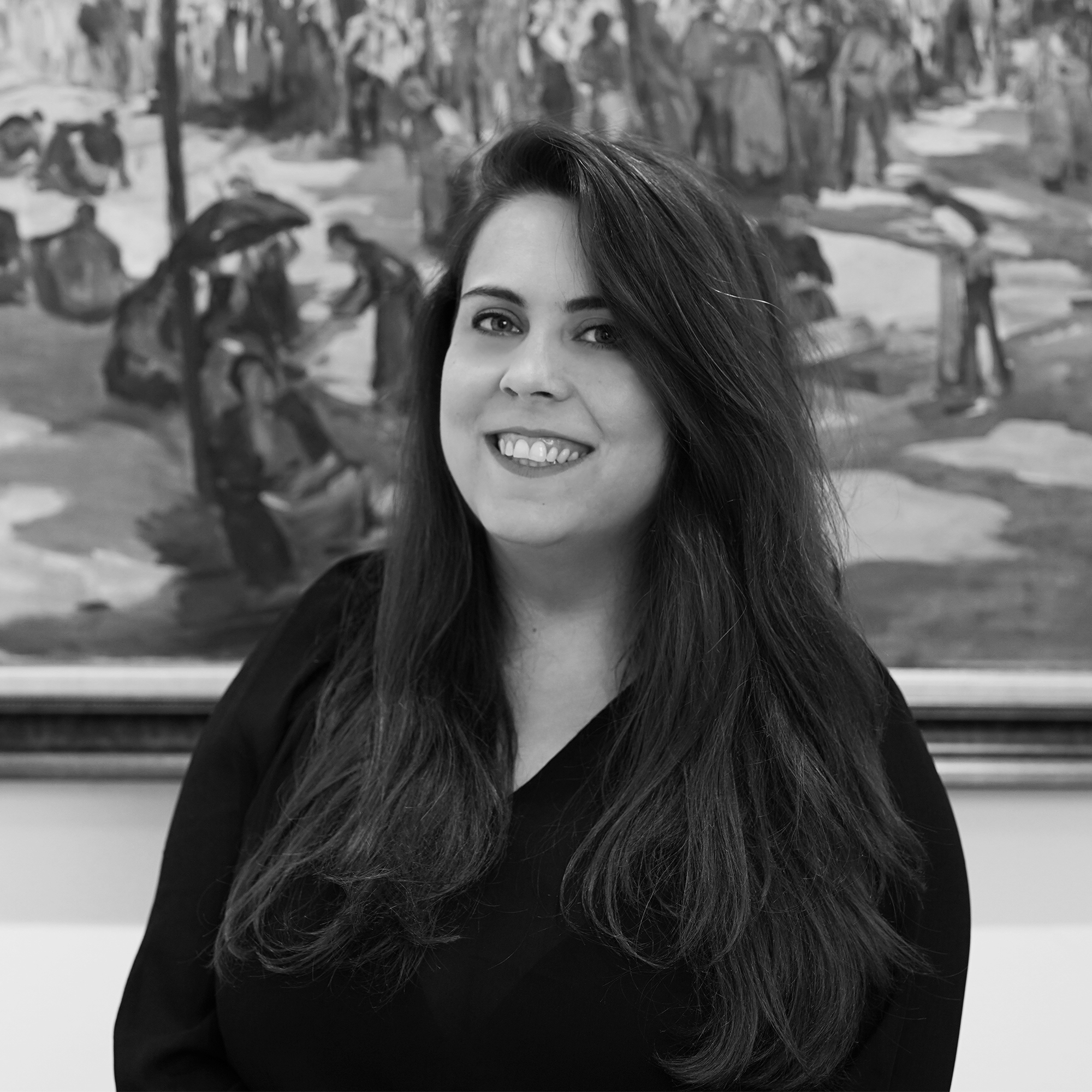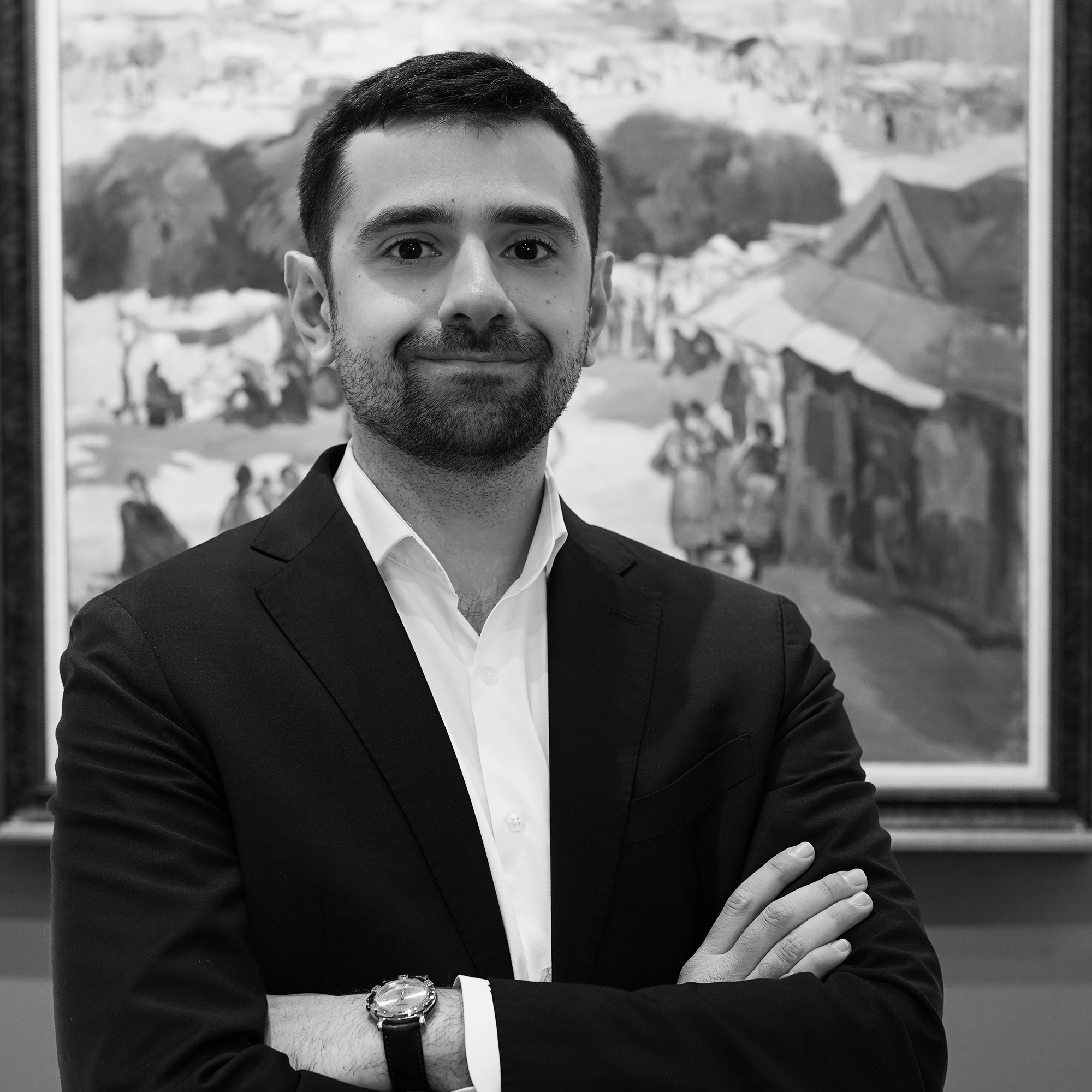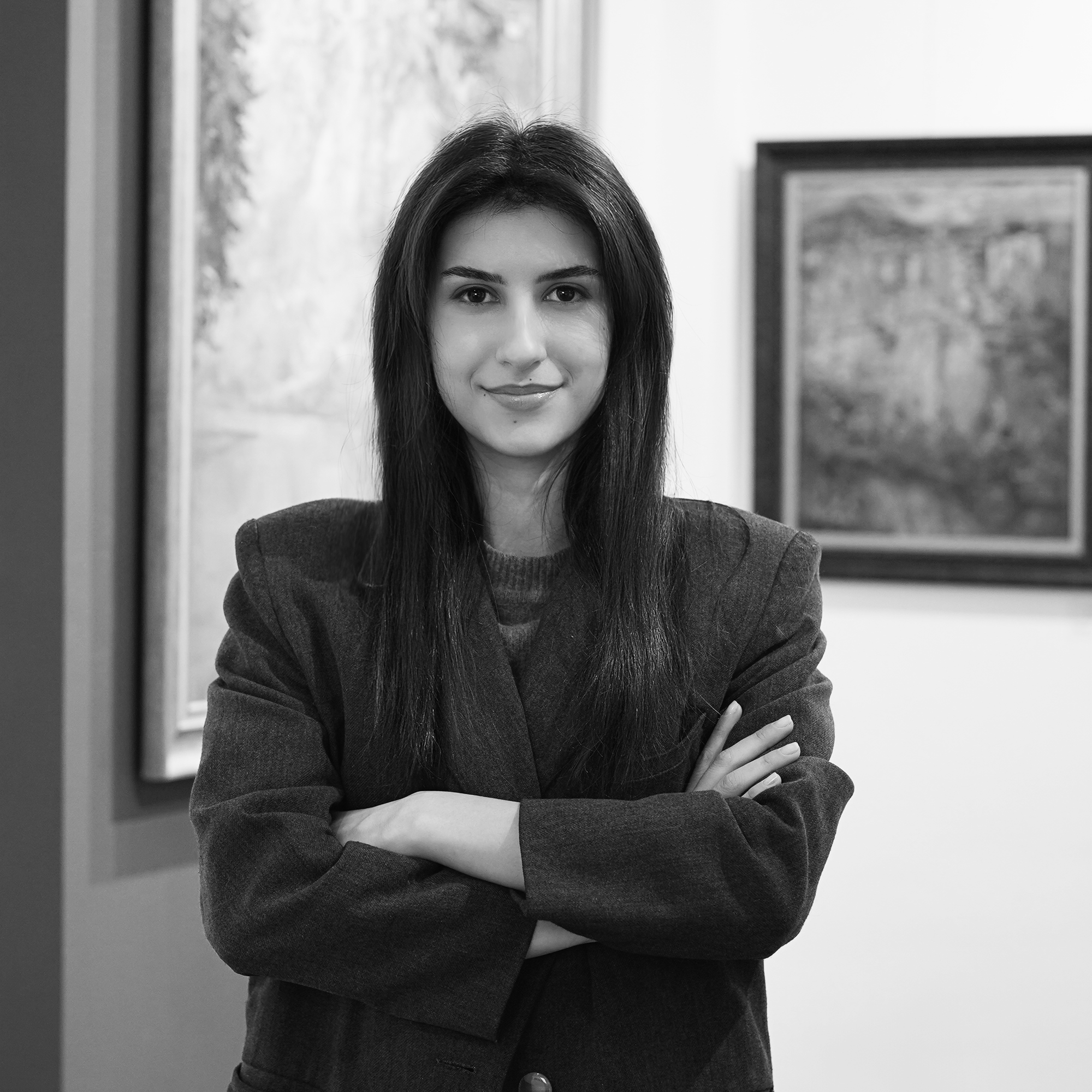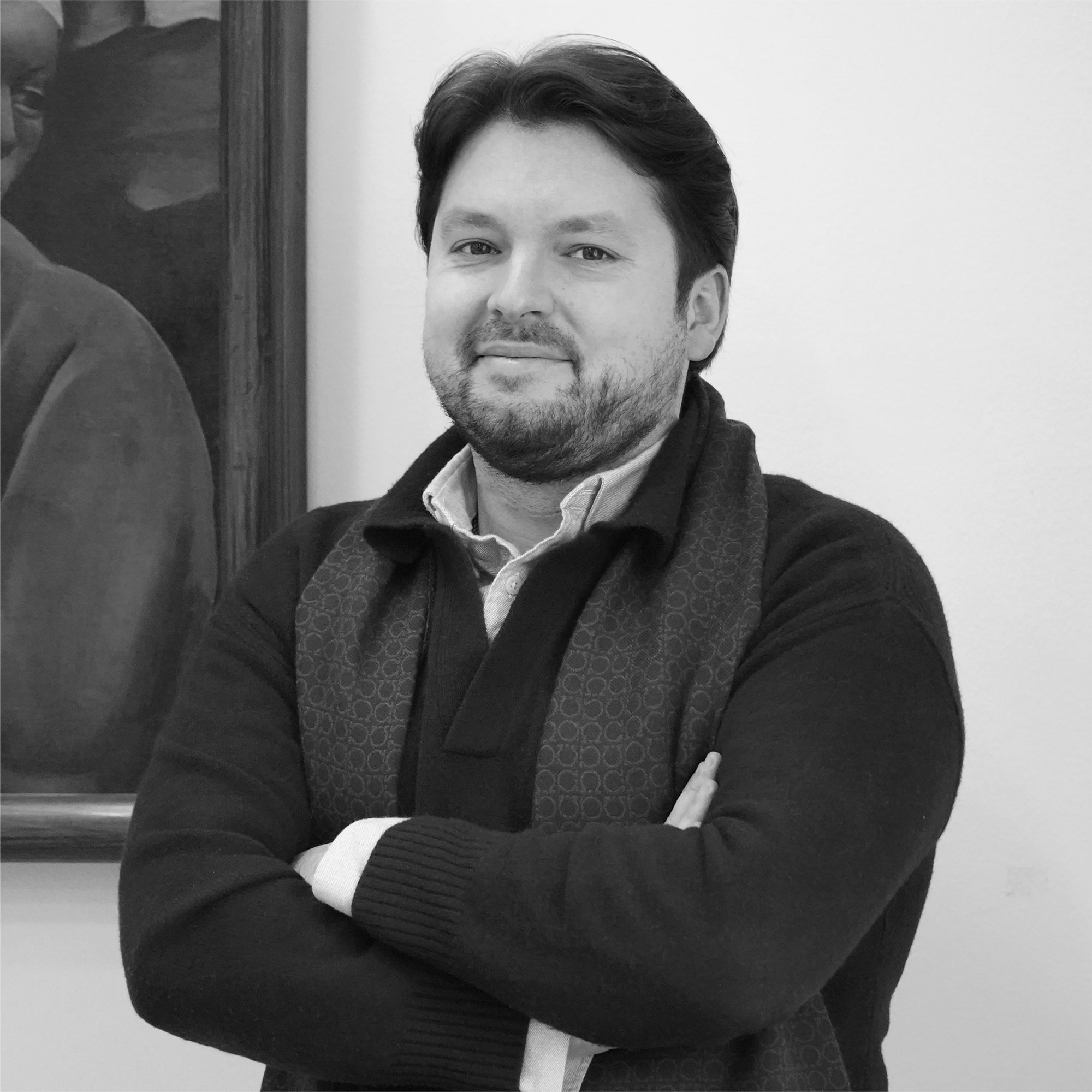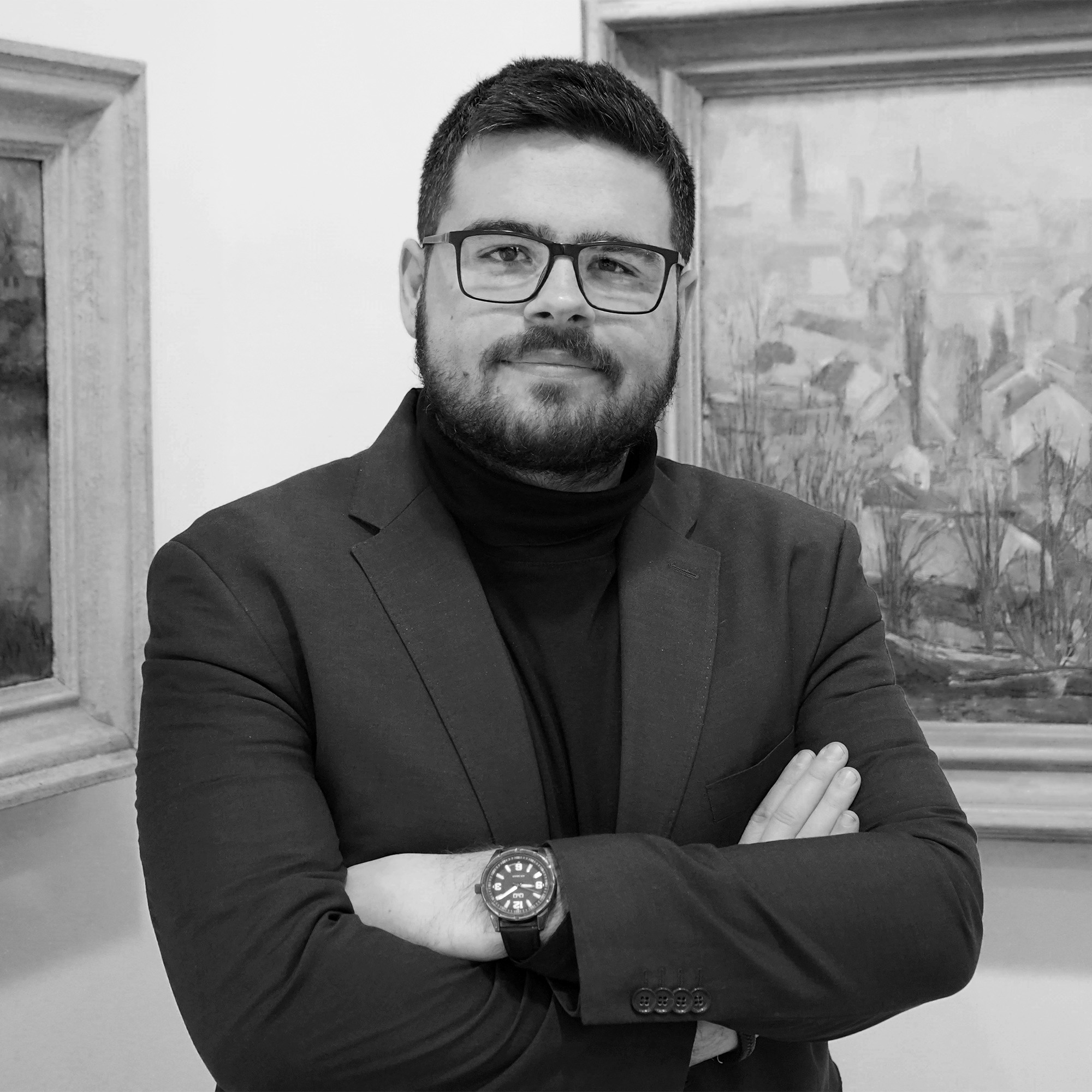"Searching for an artist?"
Evaluation Department
G
Evaluation Department
Old Masters and Classical Bulgarian Art (19th century)
The 19th century was one of the most complex periods in the Bulgarian history, and its artistic heritage pursued rapid and profound changes in all areas. During the 19th century, art transitioned from the traditions of the Bulgarian religious art and the inherent emergence of the easel portrait (the main genre in the period of National Revival), to the dawn of Modernity and the beginning of the influence of the European Schools of Art.
The most important artists to be mentioned are: Zahari Zograf, Dimitar Dobrovich, Stanislav Dospevski, Nikolay Pavlovich, Georgi Danchov, Hristo Tsokev.
Modern Bulgarian Art (20th century)
Modernism comprises the most liquid Bulgarian artists and the most valuable paintings, sculptures and graphic works of the end of the 19th century and of the first half of the 20th century.
The opening of the first State Arts School – later Academy of Arts – in Sofia in 1896 and the Society for Support of Art in Bulgaria in 1894, were some of the most significant events that will change and develop the Bulgarian Artistic Life in the 20th century.
The first professors at the State Arts School, Jan Václav (Ivan) Mrkvička, Anton Mitov, Boris Schatz, Jaroslav Věšín, Ivan Angelov, Zheko Spiridonov, were educated in Munich or Florence.
They shaped the artistic scene, explored new and personal areas of interest closer to the style and subjects of the Modern European Art Schools and laid the foundation for later artists such as Vladimir Dimitrov, Tsanko Lavrenov, Zlatyo Boyadjiev and Ilya Petrov.
Subsequent generations of artists such as Nikola Petrov, Atanas Mihov, Elena Karamihaylova, Alexander Mutafov opposed the classical realism of their teachers, paving the way for Bulgarian art to absorb modern European influences originating from Impressionism, Symbolism and Secession.
Post-war and Contemporary Art
Artmark grants special attention to the Post-war and Contemporary Art auctions and their investment potential, as it supports living artists and contemporary creativity, while believes that we all should take a proud interest in the art of our times.
After World War II, Socialist Realism dominated Bulgarian artistic circles. Its influence was seen in the broad historical themes that were adopted by artists in genres ranging from still-life paintings or portraits to regional landscapes, glorifying the working classes and the feasts of the partisan movement.
In 1961, the First Youth Exhibition saw the emergence of a new generation of artists. A wave of bright, creative artists was settling into the art scene, who would change the way Bulgarian art was perceived internationally: Georgi Baev, Kalina Taseva, Svetlin Rusev, Stefan Gatsev, Ioan Leviev and others.
The interest in Contemporary Art has grown over the years, while important international auction houses included Bulgarian artists in their sale events.
European Art, Prints & Multiples
Artmark’s European Art, Prints and Multiples events offer the very best examples of works from schools and movements ranging from Orientalism to Barbizon, and from Academic to Contemporary. Our team will source the finest examples from Bulgaria, Eastern or Western Europe to prepare highly curated auctions.
Collectibles
Our department covers all aspects of the historical and documentary collecting fields and includes a vast array of items, with a focus on the Bulgarian royalty related collectibles, like signed photographs or royal wedding memorabilia, but also jewelry, letters, documents and decrees, swords and militaria, maps and flags, as well as other historical artifacts from the Bulgarian monarchy period (1887-1946).
Decorative Art and Jewelry
For collectors of decorative art and jewelry, Artmark offers for sale a large array of art pieces, European and Oriental china collections, silverware, or valuable items made of glass, manually woven carpets, ornamental statuettes, small-size fine furniture, as well as vintage or contemporary design jewelry.
Religious Art
Religious art includes a vast array of items, from paintings and sculptures to personal or sacred ceremonial objects.
The importance of this subject in the Bulgarian History and Culture has led to the emergence of periodic sales events dedicated to this distinctive topic, which includes sacred, ceremonial objects such as: icons on wood, manuscripts, print-work, or silverware and metalwork.
Consignment and appraisal
Evaluation Department
Old Masters and Classical Croatian Art (19th century)
From the beginning of the 19th century, Croatian Art and Culture flourished as it gave us the first local artists (e.g., Vjekoslav Karas) that paved the way for the emerging artists that are now considered Croatian Classics. The second half of the 1800s introduced figures like Mato Celestin Medović, Nikola Mašić, Menci Clement Crnčić and of course Vlaho Bukovac, just some of the most prominent artists who established the Croatian artistic traditions.
Modern Croatian Art (first half of 20th century)
At the start of the 20th century, a new wave of artists came along, most of them trained in the German Academies of Art (München) and in Paris, and introduced modern concepts and artistic techniques, advancing Croatian Art in the spotlight of Central European Culture. Miroslav Kraljević and Josip Račić (considered the first two modern Croatian painters), Vladimir Becić, Ljubo Babić , Jerolim Miše are just a few names that are now representative for the new art of the XX Century.
Avant-garde and Naive Art
The Interwar period will bring forth some of the most applauded Croatian artistic groups or movements: The Prague Four (Vilko Gecan, Milivoj Uzelac, Marijan Trepše and Vladimir Varlaj), the avantgarde visions of the Zenit magazine, the Zemlja Group (Krsto Hegedušić), the birth of the Naive movement around Hlebine and of course the body of work of Ivan Meštrović, undoubtedly the most famous Croatian artist to date.
Post-war and Contemporary Art
With the end of the Second World War and the stability that came in the following decades, revolutionary changes shook the art world. Abstract Expressionism and the new Avantgarde movements in the 50’ and 60’ resonated with the Croatian art scene so we had the experimental groups such as EXAT 51 (Picelj, Richter) or the Gorgona collective (Josip Vaništa, Julije Knifer, Marijan Jevšovar, Đuro Seder, Ivan Kožarić) to move Croatian Art in the Postmodern world. The Nove tendencije exhibitions (1961-1973) encapsulated all these new changes in the Croatian art scene and paved the way for new generations of contemporary artists and the connection with the whole art world.
European Art, Prints & Multiples
Artmark Croatia European Art, Prints and Multiples department presents the most important and attractive art movements that transcend the national borders of any given country. From Flemish Old Masters to Eastern European Avant-Garde Movements, with the addition of the immensely recognisable names of Modern Art or Surrealism, we curate the most up to date selections of European art.
Croatian History and Memorabilia
With such an important history in Central Europe, but also being part of the western Balkan environment, Croatia has one of the richest heritages to offer to collectors and history enthusiasts. From royal times to the 20th Century union in Yugoslavia, we present selections of bits of histories of men of state, historical figures or Royal nobility.
